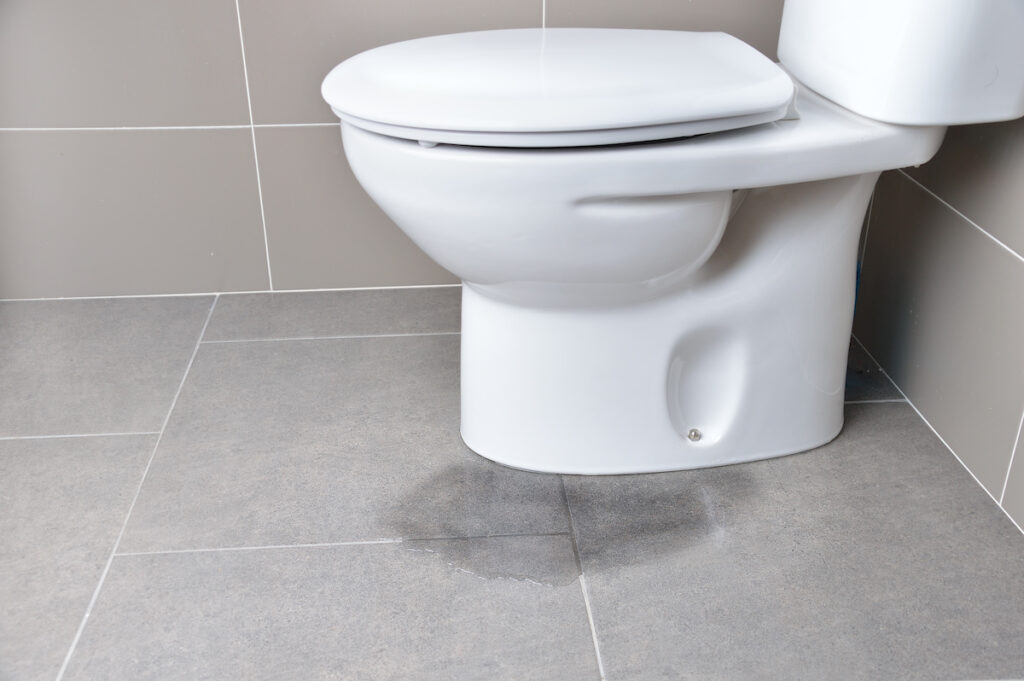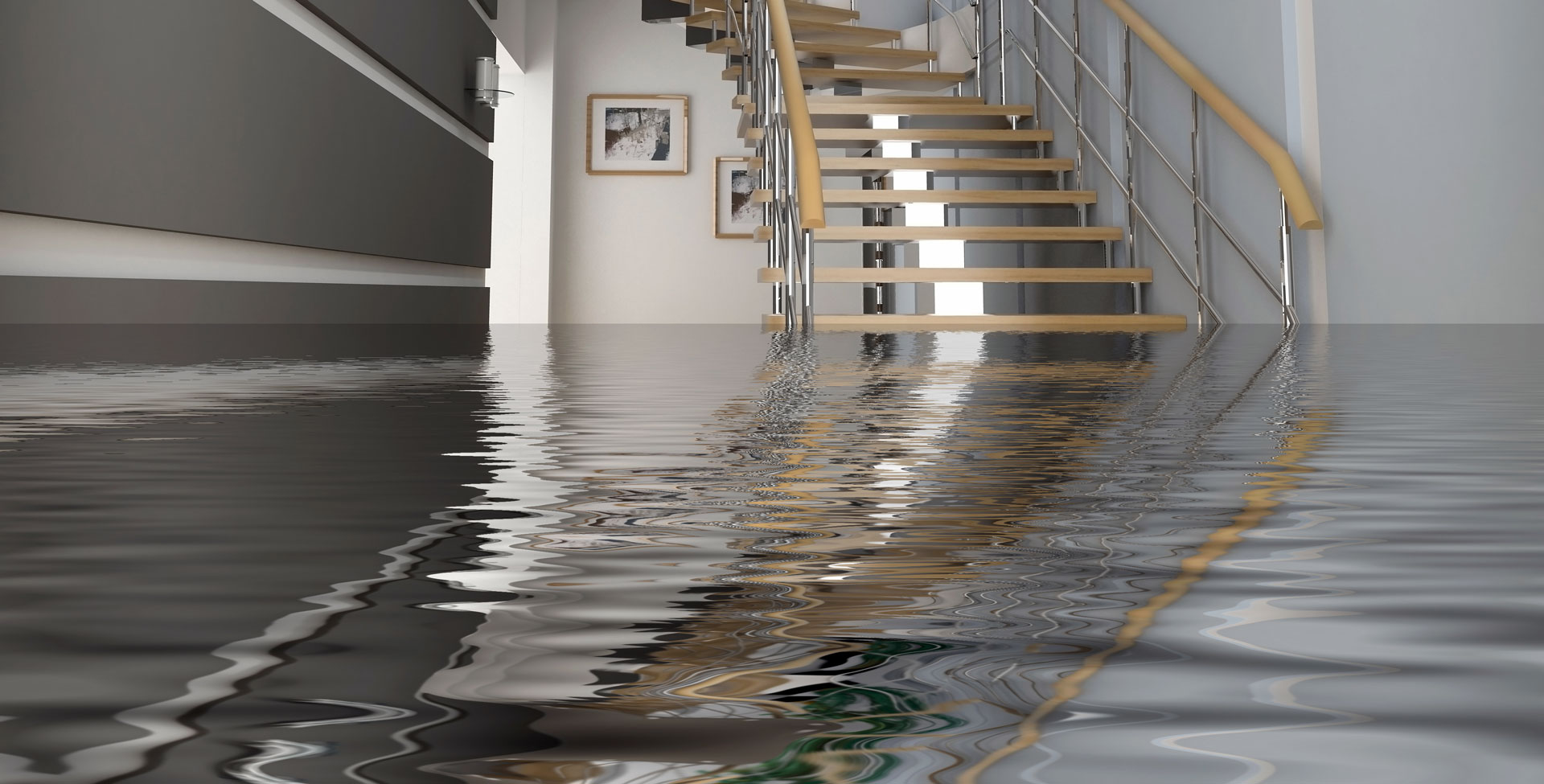Ways to Repair a Water-Damaged Wall in the Bathroom
Ways to Repair a Water-Damaged Wall in the Bathroom
Blog Article
We've found this article involving How to Repair and Prevent Bathroom Water Damage down the page on the internet and thought it made good sense to write about it with you on my blog.

The shower room is very vulnerable for damp build-up and also potential water damage because of the constant use of water in it. This post uses straightforward inspection methods to assist identifying water damages hazards.
The regular use water in the washroom makes it extremely vulnerable for moist build-up and also possible water damage. By inspecting it frequently, you can minimize water relevant damages.
The following set of evaluations is simple to execute and also should be done once in every three months in order to keep your restroom healthy as well as to avoid possible water problems brought on by the bath tub, the shower, pipeline joints and plumbing, sinks, cabinets, and the toilet
Do not overlook carrying out these evaluations as well as be extensive while doing them. Bear in mind that these easy evaluations can save you a lot of money by offering early indications for water damages
Bath tub as well as Shower
The shower as well as bathtub require unique interest as well as maintenance. Examine the floor tiles as well as replace if cracked. See to it that there is no missing grout in between the floor tiles. Check as well as replace broken caulking at joints where the walls meet the flooring or the bath tub. Blocked drains and pipes troubles will certainly stop the tub from drying and might suggest major problems beneath the bath tub. Talk to an expert instantly to prevent architectural damages. Take note of discolorations or soft locations around the tub walls as they might suggest an internal leakage.
Plumbing
Signs for water damages are tough to find because most pipelines are set up inside the walls.
Pay unique interest to flooring and also walls moisture and also spots as they may indicate an invisible plumbing trouble. Check dampness degrees in adjoining areas also.
Sinks and also Cabinets
Sinks as well as cabinets are revealed to wetness and also humidity daily and also are frequently forgotten. Examine consistently under the sink as well as on the kitchen counter above it. Fix any kind of drip in the trap as it might recommend drain issues. Look around the sink, sluggish draining pipes might indicate an obstructed drain. Replace sink seals if they are fractured or loose.
The Commode
The bathroom is an at risk water junction. Examine the water lines and look for leaks around the bathroom seat, in the tube, as well as under the water container. If you spot any type of indicators of wetness on the flooring around the toilet, look for leakages in the toilet rim as well as container seals.
Understand that hanging commode bowl deodorants raises the chances for blockages.
Water Damage Signs In The Bathroom To Avoid Cleanup
Musty smell
This is one of the easiest signs to catch because musty smells are so odorous. The damp, earthy, moldy smell should be a big red flag. The smell will develop when moisture gets trapped in surfaces, and begins to facilitate mold growth. Leaking pipes under cabinets, inside walls, and behind shower fixtures will cause moisture to stay trapped and not dry, which will lead to mold growth and spread. As soon as you notice any musty smells in your bathroom, have it checked for hidden water damage and cleanup signs.
Visible mold
If the smell isn’t there to give it away, sometimes you will actually see mold growth. Finding mold in your bathroom is a serious problem, because mold is very harmful to your health. By the time mold growth is visible, it also means that water damage has already occurred and been present for some time. The only way the mold problem can be resolved is to find the source of the moisture and get it stopped. To safely and adequately remove mold, you need to have professionals handle the remediation. Do not waste any time in getting mold problems addressed, fixed, and sanitized so that you can protect you and your family from the many respiratory symptoms caused by mold exposure.
Damaged floors
Bathroom floors should be able to withstand some exposure to water while still remaining in good condition. However, when excess exposure or water leaks occur, they will begin to damage even the most water-resistant flooring. If you notice any cracking, bubbling, staining, or warping on your bathroom floors, there is probably a water leak somewhere causing the distortion. If you notice areas of the floor have become softer, or even have a spongy feeling, there is probably damage to the subfloor. Subflooring is typically made up of plywood. When plywood is exposed to water or moisture, it will absorb it. Once it has become saturated, the weight of the excess water will cause the wood to swell and soften. Check the floors in your bathroom frequently to catch any of these sings before they lead to damaged subflooring.
Changes on walls
When water leaks behind walls, it will cause changes in the drywall. Peeling plaster, blistering paint, and soggy wallpaper are all good indicators that excess water is building up behind the wall. Water leaking behind drywall will cause it to swell and be soft to the tough. If you start to notice gaps along the trim of your walls, or where tile meets the wall, it could also be a strong indicator that there is a leak behind the wall. Any changes, distortion, or damage on the walls should be evaluated as soon as you notice it to prevent further water damage and cleanup.

Do you really like reading about Preventing Water Damage in the Bathroom? Make a remark down the page. We'd be glad to find out your responses about this blog entry. In hopes that you come back again later on. Sharing is good. Helping others is fun. I am grateful for your time. Please come visit our blog back soon.
Visit Url Report this page